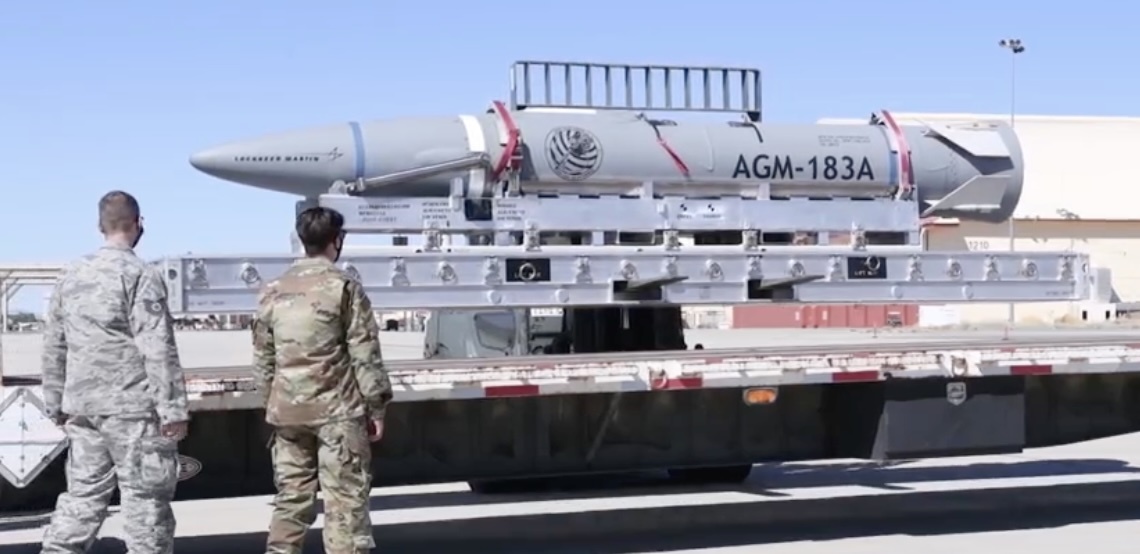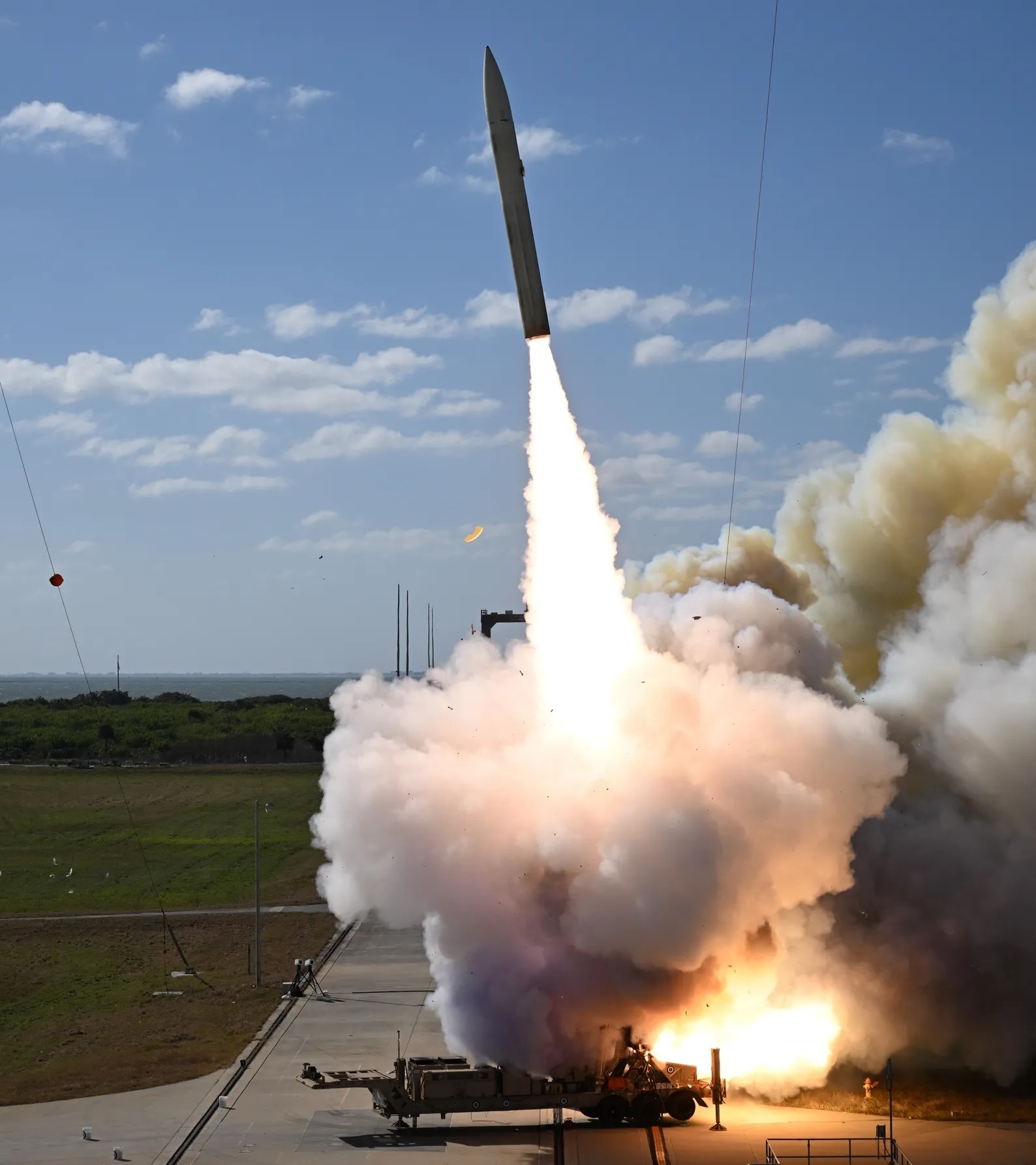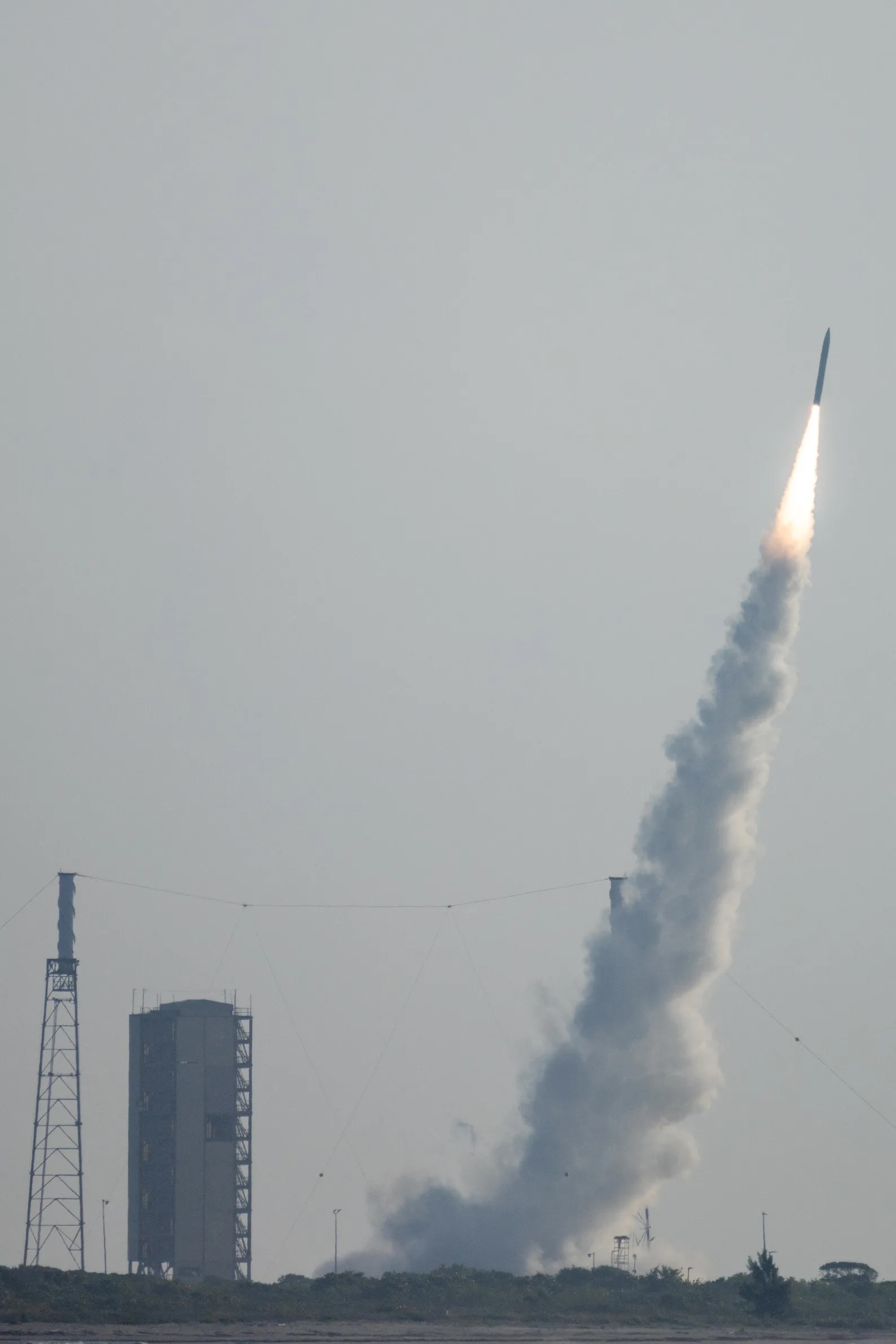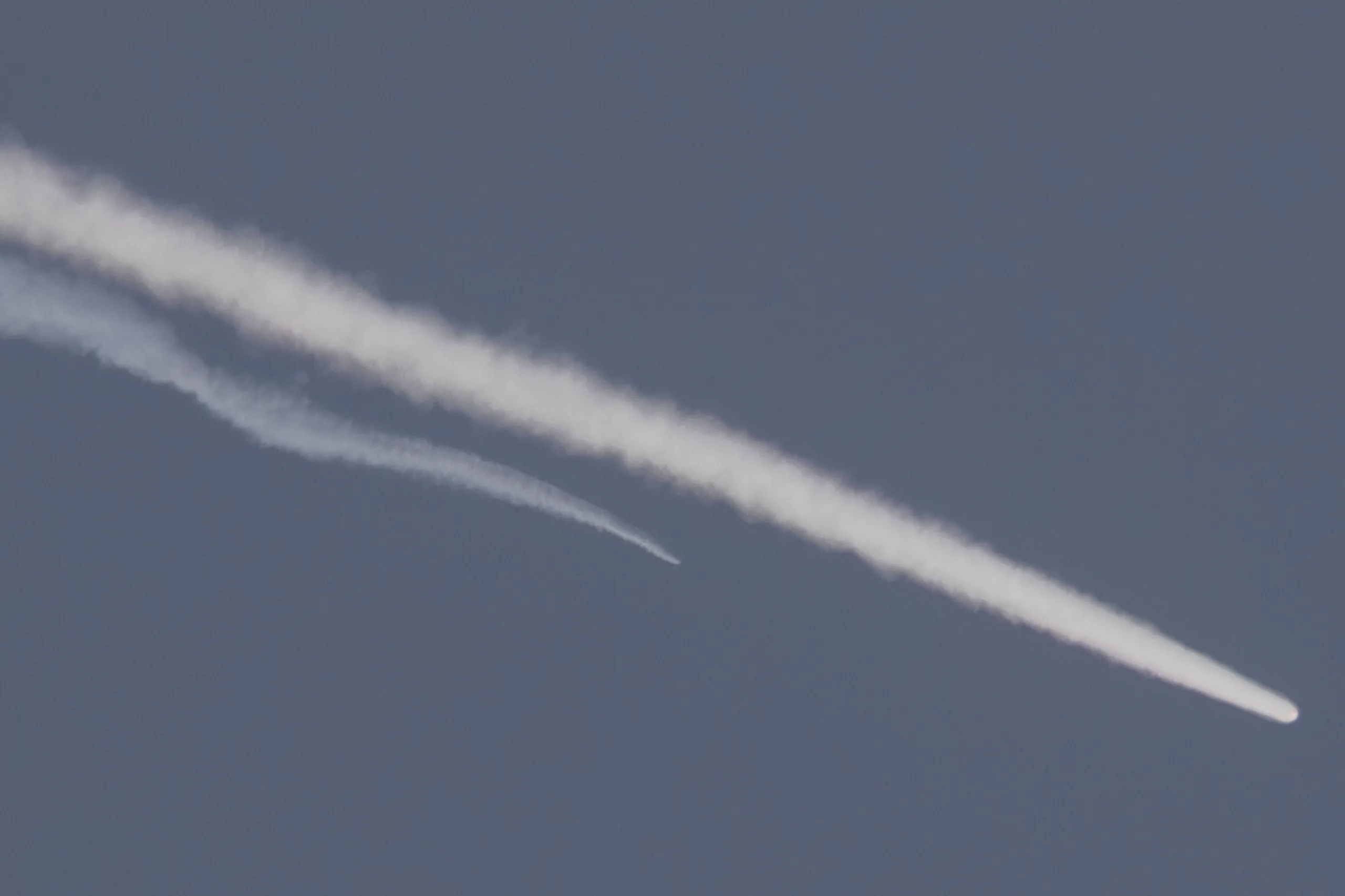26.04.2025

- An unusual temporary flight restriction has been issued by the FAA for "space operations" on April 25th from Cape Canaveral Space Force Station.
- No commercial launch providers have announced launches for this timeframe, leading to speculation of a secretive military operation.
- Similar flight restrictions preceded the unannounced Dark Eagle hypersonic missile test in December.
Is the Department of Defense planning another secretive hypersonic missile launch in the next few days from Cape Canaveral Space Force Station?
No public announcements have occurred, and perhaps a different mission is scheduled. But the Federal Aviation Administration has issued an unusual temporary flight restriction for unspecified "space operations" from 6:50 a.m. to 10:32 a.m. Friday, April 25.
This notification prohibits pilots from flying aircraft during those hours across a broad swath of Brevard County's barrier island and the Cape. The no-fly zone extends eastward dozens of miles across the Atlantic Ocean.
The Space Coast's launch providers such as SpaceX, United Launch Alliance and Blue Origin have not announced any April 25 rocket liftoffs.

The U.S. Army's Rapid Capabilities and Critical Technologies Office, in collaboration with the U.S. Navy Strategic Systems Programs, launches a hypersonic missile Dec. 12, 2024, from Cape Canaveral Space Force Station.
Similar mysterious launch advisories were issued before the U.S. Army and Navy conducted an unannounced, successful hypersonic missile test in mid-December from Launch Complex 46 at the Space Force installation.
The event marked the first live-fire event for the Long-Range Hypersonic Weapon system — also known as Dark Eagle — that used a truck-based mobile transporter erector launcher.
"Hypersonic systems — capable of flying at speeds greater than five times the speed of sound (Mach 5) — provide a combination of speed, range, maneuverability, and altitude that enables highly survivable and rapid defeat of time-critical and heavily-defended targets," a DoD press release said after the Dec. 12 missile test.
In tandem with the FAA flight restriction, the National Geospatial-Intelligence Agency has issued an uncommon "hazardous operations" navigational advisory for rocket launching between 7 a.m. April 25 and 10:38 a.m. Sunday, April 27, from Cape Canaveral.
Military officials previously scrubbed Dark Eagle test launch attempts from the Cape in March 2023 and September 2023. December's successful test was conducted by the Army's Rapid Capabilities and Critical Technologies Office in collaboration with Navy Strategic Systems Programs.
Quelle: Florida Today
----
Update: 27.04.2025
.
Military launches mystery missile from Cape Canaveral; Army names hypersonic program 'Dark Eagle'
An undisclosed missile streaked skyward with rapid speed Friday, April 25, during a Department of Defense test from Cape Canaveral Space Force Station, leading space observers to conclude it could have been another Dark Eagle hypersonic missile launch.
The secretive morning launch, which ascended from the Cape over the Atlantic Ocean, was not publicly announced. But unusual rocket-related navigational advisories released in recent days provided clues that a Dark Eagle test launch was possible.
"It got shot out of a launcher and then ignited. And it took off — a lot, lot, lot faster than any other Falcon 9 that you would see lift off here at the Cape," Cape Canaveral space photographer Jerry Pike said.
"It left a big, solid propellant smoke trail on its way up," said Pike, who had set up his camera at the beach at Jetty Park and waited for a possible liftoff, lens pointed northward.

"A combined team of government, academic, and industry partners conducted a test on behalf of the Department of Defense from a test site at Cape Canaveral Space Force Station. We are currently evaluating the results of the test," the statement said.
No further information was released, and the statement mentioned neither a missile launch, hypersonic technology nor the Dark Eagle program.
In mid-December, the U.S. Army and Navy conducted an unannounced, successful Long-Range Hypersonic Weapon test from Launch Complex 46 at the Space Force installation. These missiles can travel faster than five times the speed of sound.
Army officials confirmed on Thursday, April 24, that Dark Eagle was the official name for the Long-Range Hypersonic Weapon program.
"Part of the name pays tribute to the eagle — a master hunter known for its speed, stealth and agility — due to the LRHW's combination of velocity, accuracy, maneuverability, survivability and versatility. In addition, the bald eagle — our national bird — represents independence, strength and freedom," a DoD press release said.

An undisclosed missile appears to undergo stage separation Friday, April 25, after launch from Cape Canaveral Space Force Station. The Department of Defense confirmed it conducted a test.
JERRY PIKE
The U.S. Army's Rapid Capabilities and Critical Technologies Office and U.S. Navy Strategic Systems Programs are partnering to develop land and sea variants of the Dark Eagle hypersonic weapon system.
Pike said it appeared the missile may have undergone stage separation less than a minute after liftoff, and he watched it recede over the Atlantic until it was out of sight.
The Coast Guard and Space Launch Delta 45 had issued an April 25 navigational warning for boaters that depicted an uncharacteristically narrow launch security zone extending east-southeast from Cape Canaveral across offshore waters.
"Hypersonic weapons will complicate adversaries' decision calculus, strengthening deterrence," Patrick Mason, senior official performing the duties of the Assistant Secretary of the Army for Acquisition, Logistics and Technology, said in the Dark Eagle press release.
"Their speed, accuracy and versatility are befitting its new popular name, Dark Eagle," Mason said.
The DoD missile test occurred less than 12 hours after a SpaceX Falcon 9 rocket lifted off from Launch Complex 40 at Cape Canaveral Space Force Station. That April 24 night mission deployed 28 Starlink broadband satellites into low-Earth orbit.
Quelle: Florida Today
